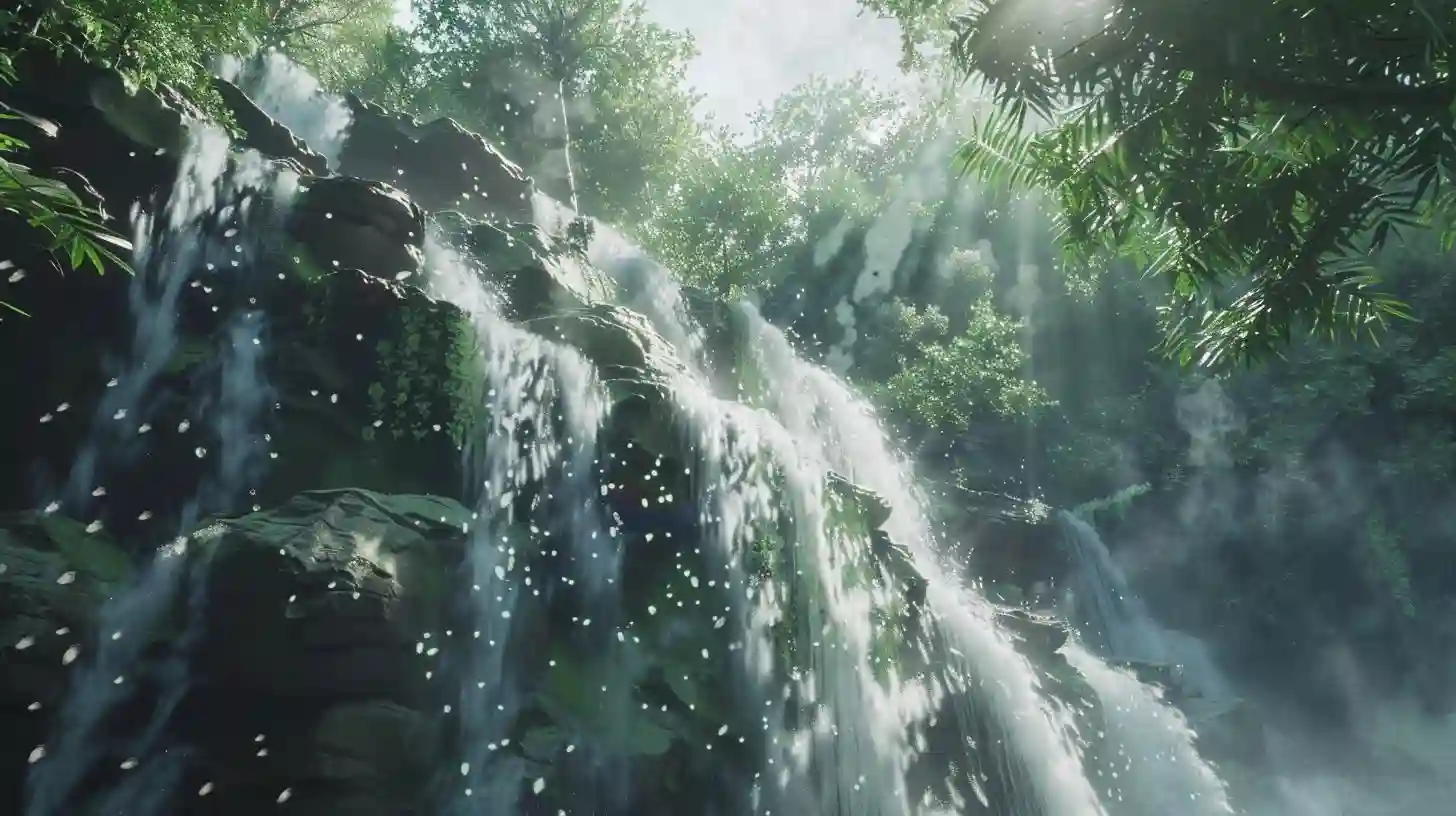
The sight and sound of the waterfall has an undeniable magic. From the roaring power of Niagara Falls to the serene cascades of hidden gems in remote forests, waterfalls are natural wonders that captivate and inspire us. But have you ever wondered how these magnificent manifestations of nature come into being?
Waterfalls are formed by a combination of geological processes and the erosive force of flowing water. The most common way to create waterfalls is through the gradual retreat of rock due to erosion. Over time, a river or stream carves a channel through the rock, eventually leading to a vertical cliff where the water falls down in a display of breathtaking beauty and power. This process can take thousands of years to create the majestic waterfalls we see today.
Another way waterfalls form is through the movement of glaciers. During the last ice age, glaciers carved deep valleys into the land, creating ideal conditions for waterfalls to form as the ice melted and retreated. The rushing water of melting glaciers would rush over the edges of the cliffs, creating stunning cascades that still exist today in places like Yosemite National Park in the United States.
In addition to these natural processes, human intervention can also play a role in the formation of waterfalls. Dams and reservoirs can alter the flow of rivers and streams, sometimes creating artificial waterfalls as water is released in controlled releases. While these man-made waterfalls may lack the same sense of awe and wonder as their natural counterparts, they still stand as a testament to the power of water and the ability of humans to manipulate the environment.
Waterfalls come in all shapes and sizes, from towering giants like Angel Falls in Venezuela, which is an incredible 3,212 feet deep, to the graceful cascades of Fairy Falls in Yellowstone National Park. Each waterfall has its own unique charm and beauty, attracting visitors from all over the world to admire its magnificence.
But beyond their aesthetic appeal, waterfalls also play a crucial role in the ecosystem. They provide a source of fresh water for plants and animals and act as a natural filter for sediments and pollutants. In addition, waterfalls often act as barriers to fish migration, creating separate habitats for different species and promoting biodiversity in river systems.
Waterfalls also have deep cultural and spiritual significance for many people around the world. In some cultures, waterfalls are considered sacred places where rituals and ceremonies are held to honor the natural world. They are also a source of inspiration for artists and poets who are drawn to the beauty and power of these natural wonders.
Waterfalls are a fascinating spectacle of the power and beauty of nature. Formed by a combination of geological processes and the erosive force of water, they captivate us with their stunning visuals and soothing sounds. Rising above cliffs or cascading gently down mountainsides, waterfalls are a reminder of the importance of water in our world and the wonders nature has to offer. So the next time you find yourself near a waterfall, take a moment to appreciate the magic and majesty of this natural wonder.